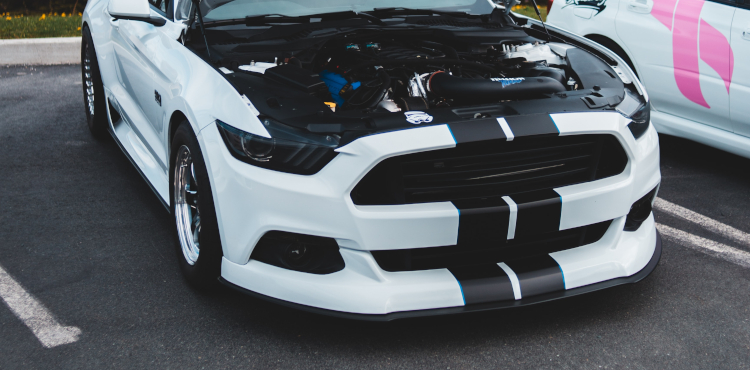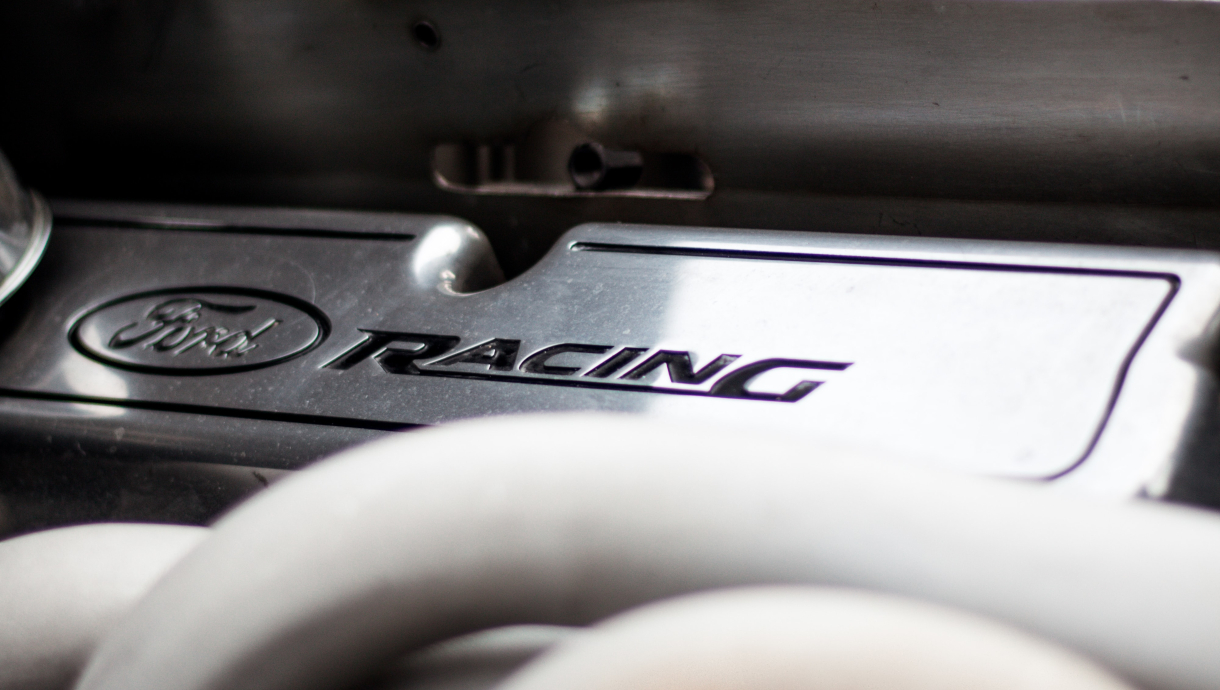
Did you know the plastic pipes and fittings in your engine compartment are a ticking time bomb?
Many vehicles from about 2000MY on may have several cooling system parts made from plastic. These parts can only withstand a certain number of cold-to-hot-to-cold cycles before breaking. Sometimes when these plastic parts break, they take the engine with them! That's why you should check weekly for any drop in the coolant level or any signs of dried coolant on the engine, pipes and hoses, and the radiator connections.
Any loss of coolant must be investigated thoroughly and the leak(s) fixed. The best way to locate any cooling system leaks is after a cold-soak, preferably overnight. Use a cooling system pressure tester to bring the system to 1 bar. If the tester shows a drop in pressure after a few minutes, start looking around the engine compartment for any signs of fresh coolant.
If you find a leak, whatever you do, DO NOT use any type of 'stop leak' products as they can cause the heater core or radiator to become blocked. Some products claim they're don't cause heater core and radiator blockage, but do you really want to believe that? What are you going to do if the product does cause a blockage? Better to be safe than sorry! Replace the leaking or cracked parts with new ones, then refill the system with the correct coolant.
While we're discussing cooling system leaks, let's talk about the coolant itself. All coolants are not created equal despite what the guy at the parts store counter says! Look in your vehicle's Owner's Manual and see what's called for. Use ONLY what the vehicle manufacturer recommends! DO NOT mix coolant types! If you mix coolant (antifreeze) types, bad things happen. Why? Well, because they're chemically different.
There are 3 different types of coolant (antifreeze):
- Inorganic Acid Technology (IAT) Vehicles built in the United States from 1920 to about 1990 used IAT coolant. IAT coolant uses phosphates and silicates to stop internal corrosion of the engine, radiator and other metal parts.
- Organic Acid Technology (OAT) This type of coolant is used globally in newer vehicles. OAT can be found in blue, dark green, orange, pink, bright red, and red. Some vehicle manufacturers call it Organic Additive Technology, but it's the same as Organic Acid Technology. Refer to your vehicle Owner's Manual to see if a certain colour is called out. No matter the colour, they're all considered OAT coolant and prevent corrosion by using an additive called carboxylic acid.
- Hybrid Organic Acid Technology (HOAT) HOAT is a mixture of IAT and OAT type coolants for most new cars. It has more silicates to protect aluminium parts and prevent corrosion. HOAT also has additives to prevent corrosion of steel and iron parts. You can find HOAT coolant in blue, pink, purple, turquoise and, yellow based on vehicle manufacturer requirements. It's found in most European and Asian vehicles and should be replaced every 150,000 miles (240,00 km) following a cooling system flush.
So, if you're changing out plastic parts and changing your coolant at the same time, stick with the type of coolant your vehicle came with from the factory!
One final thought about coolant. Whenever you drain coolant, be sure you store it in a sealed container and wipe up any spills as some animals may find the smell appealing and drink it. If the do, their kidneys will be destroyed. Please make sure you don't let any coolant spills go into storm drains since many of them empty into a river or the ocean. Check with your local city or town on the safest, legal way to dispose of used coolant.




